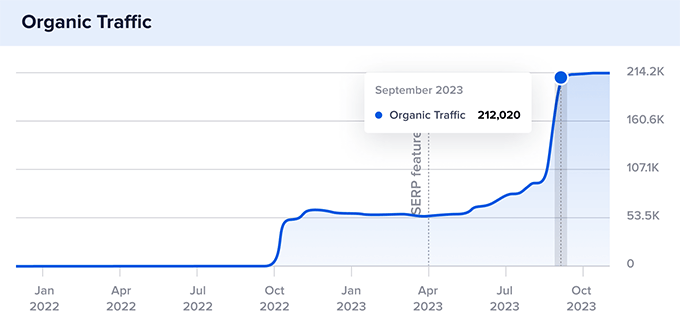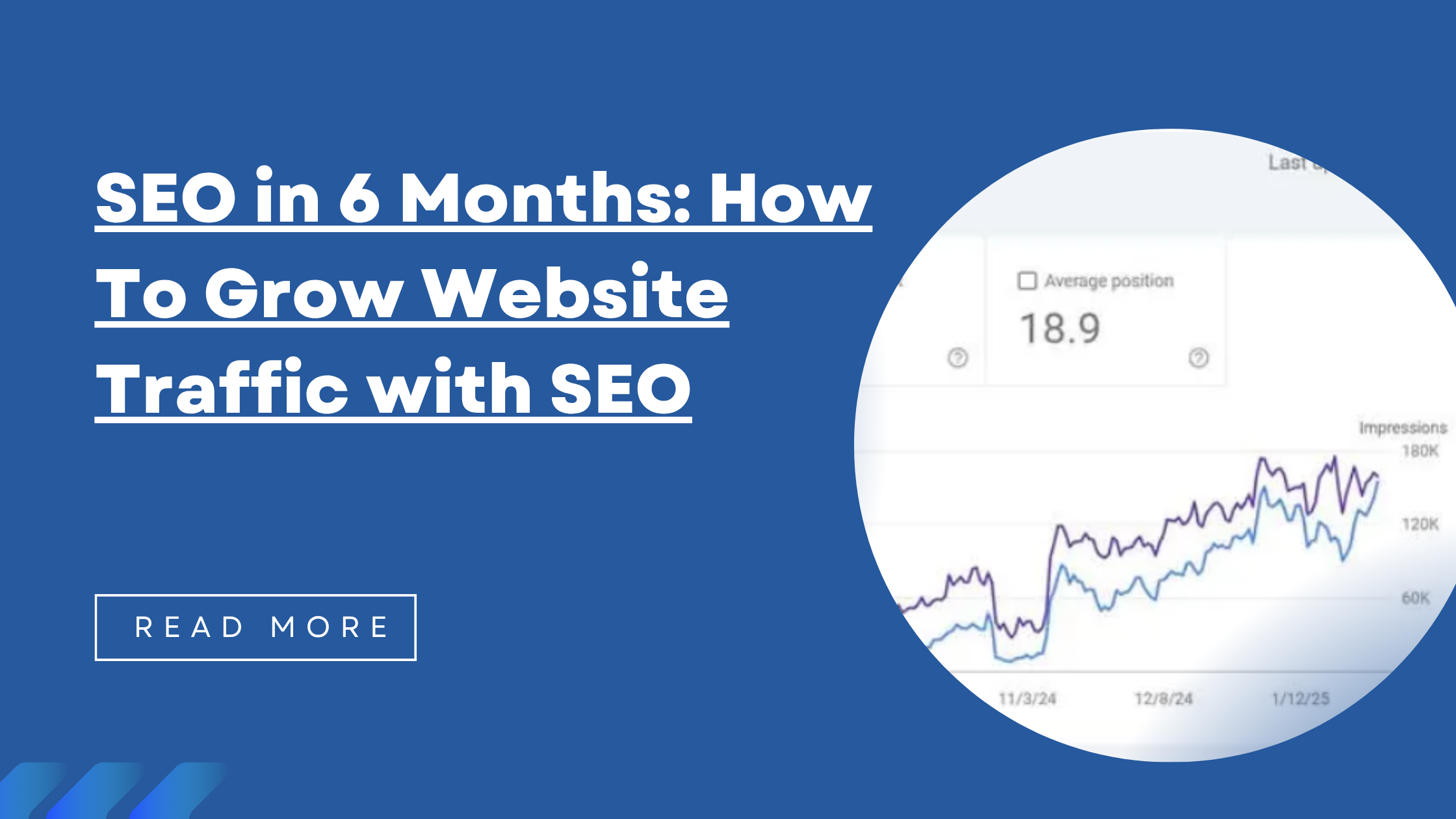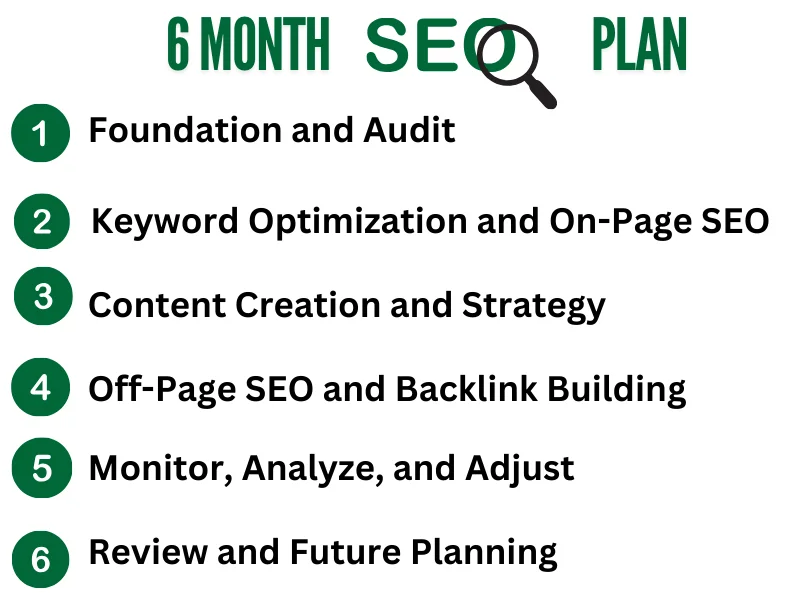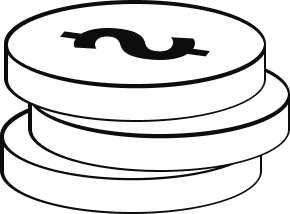Ever wondered what SEO experts do when they first start working with a website? It’s not just about adding keywords or writing blogs. There’s a smart 6-month plan behind it all. This plan helps improve your website step by step, so it shows up better on Google and gets more visitors.
If you are a business owner paying for SEO or just curious about how it works, this guide will explain what usually happens in the first six months. Let’s break it down in a simple way.
Why Use a 6-Month SEO Plan?
SEO doesn’t work overnight. If someone says you will see big results in just a few days, that’s probably not true. A 6-month plan is used because it gives time to:
- Learn about your business – It’s important to understand your goals, your customers, and your competitors.
- Fix website problems – Many websites have issues like broken links or slow-loading pages that need to be fixed first.
- Build long-term growth – SEO takes time, and small changes add up.
- Track real progress – You may not see big results in month one, but every month should show some improvement.
Month 1: Learning and Building a Strong Base
Week 1–2: Getting to Know the Business
This is like the “meet and greet” part. The SEO team learns about the business and what it wants to achieve. Things like:
- What are the main goals? (Example: Get 50 more sales or leads each month.)
- Who are the main customers?
- What has been tried before?
- What are the competitors doing?
The team also gathers important information like Google Analytics access and website logins.
Weeks 2–4: Website Check-Up
Now it’s time to look at the website from top to bottom to find any problems.
Technical Check:
- Can Google read and understand all the pages?
- Does the website load quickly?
- Does it work well on phones and tablets?
- Are there any broken pages?
- Is the sitemap and robots.txt set up right?
- Is the website telling Google what kind of content it has?
On-Page Check:
- Are the right keywords being used?
- Do the titles and descriptions look good in search results?
- Are the headers (H1, H2, etc.) used correctly?
- Is the content useful and long enough?
- Are the pages linking to each other in smart ways?
Competitor Check:
This is where the team looks at the websites of top competitors to see what they are doing right and where there might be chances to do better.
Week 3–4: Keyword Research
Now the team finds out which words people use when searching for products or services like yours.
- They make a list of useful keywords, both popular ones and more specific ones.
- They also check what people want when they search (Are they ready to buy? Just learning? Comparing options?).
Month 2: Fixing Pages and Planning Content
Weeks 5–8: Updating Website Pages
Based on the first month’s research, the team has started making changes:
- Update title tags and descriptions to include the right keywords.
- Improve the content so it’s easier to read and more helpful.
- Fix how the pages link to each other.
- Make images smaller and add alt text to help with speed and accessibility.
Weeks 6–8: Planning New Content
SEO needs good content to work well. This is where planning begins.
- Find topics that are missing or not covered well yet.
- Make a content calendar for new blog posts, service pages, or guides.
- Suggest design improvements to help people use the site more easily (like better menus or clearer buttons).
Month 3: Creating Content and Fixing Tech Issues
Weeks 9–12: Writing and Sharing Content
Now the team starts writing and posting helpful, keyword-focused content. This content:
- Answers common questions people ask.
- Shows that the business knows its stuff.
- It is shared on social media or with other websites.
Weeks 9–12: Technical Fixes
Now that the basics are done, deeper technical fixes happen:
- Make the site faster by cleaning up code and improving server speed.
- Fix any pages that Google can’t see.
- Add structured data (special code) that helps Google understand things like reviews or events better.
Month 4: Building Trust and Getting Links
Week 13–16: Getting Backlinks
Links from other websites to your website tell Google that your site is trusted. To get those links:
- Check where competitors are getting their links from.
- Use great content to get other sites to link to it naturally.
- Reach out to blogs or websites for guest posts or mention opportunities.
- For local businesses, get listed on local directories like Yelp.
Weeks 13–16: Watching Engagement
This part checks how people are using the site:
- Are they staying on the site?
- Are they clicking around or leaving quickly?
If something’s not working well, updates are suggested.
Month 5: Making Content Better and Getting More Results
Week 17–20: More Content and Conversions
- Keep finding new topics and add more useful content.
- Look at ways to turn more visitors into customers. This might mean testing new buttons, fixing forms, or changing how a page looks.
- For international businesses, start creating content for other countries and using special codes to show Google the right version.
Week 17–20: Bigger Link Building
- Try to get featured in news articles or blogs.
- Reach out to industry-specific websites for links and mentions.
Month 6: Reviewing and Planning Ahead
Weeks 21–24: Checking the Results
This is where everything is reviewed and measured.
- How much has organic traffic grown?
- Which keywords improved the most?
- How many leads or sales came from SEO?
- How many good links were earned?
- How much healthier is the website overall?
This helps show how well the SEO work is doing and what kind of return it’s bringing.
Week 21–24: Planning What’s Next
The team looks at:
- What should stop?
- What should keep going?
- What new ideas should be started?
Then a new roadmap is created for the next 6–12 months to keep the growth going.
Conclusion
This 6-month SEO plan isn’t just a list of tasks. It is a smart process that helps websites grow step by step. By focusing on the right things—technical health, good content, and building trust—SEO can bring more visitors and more results over time. With patience and planning, you can turn a website into a strong tool for success.



